Harmony in the Streets
The art of protest consists of creating a large enough social boom to draw the crowd’s attention to your issue, yet simultaneously containing it to non-harmful measures of resistance. The problem with rioting is that no matter whether or not the inciting cause is just, the message becomes perverted through violent, often times devastating retaliatory attacks on innocent establishments and individuals. The topic of race relations in the United States has been the central focus for the majority of Americans over the past four months, and not without reason.
Two prominent examples of lethal police force have occurred within the past four months, with both involving a white police officer and a black counterpart. By name, the instances sound reminiscent of 1960’s segregation warfare and their implications strike a similar chord with many Americans.
The legality and merit in the actions of the police officers involved has been the center of the nation’s view during the proceedings of these fatal events. Proving a motive for action one way or another is an extremely difficult process. The system we have established in our country regarding “innocent until proven guilty” grants the defendant the right to not receive disciplinary consequences without substantial evidence. That doesn’t always guarantee innocence upon a “not guilty” verdict, but it does ensure the fair trial of our citizens. Basing a conviction off of a gut feeling is a dangerous path to follow as seen with the Red Scare or the lynchings of the 19th and 20th centuries. There is nothing wrong with having an impassioned stance on the outcome of a legal duel, and there is nothing wrong still with organizing bodies of the populace to support and fight for a cause.
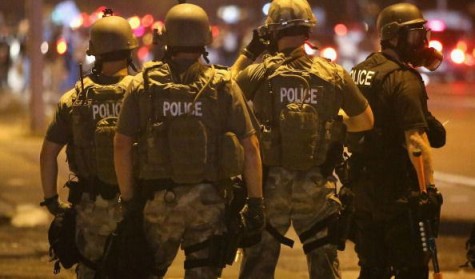
The intrusion on public safety and well-being, however, is irresponsible and ineffective at conveying the validity and moral inspirations of an idea. Feelings of the police’s misuse of power can very well lead to protests by the reciprocal parties and be completely protected under the First Amendment of our Constitution. But the stipulation of that liberty to assemble is the peaceful nature of its execution. Throwing molotov cocktails through neutral business’ windows doesn’t prove the point that the police are out of control. What it does is smudge the campaigning body’s image and create tension on either front. This isn’t to suggest that every individual involved in these socially-minded groups is a looter or vandal. In fact, the majority of those participating in the protests are adhering to the basic cardinal rules of dissension.
There is a solid base of civil-focused activists at the heart of these conflicts, and their collective story and voice needs to be heard. They are the protesters taking part in 150 mile marches, or petitioning for body cameras installed on all police officers, or seeking further federal investigations into the cases at hand. Their methods aren’t inherently harming any bystanders or providing heavy detriment to the pace of the nation, but instead they are sending the message that they feel a problem is at hand and that measures must be taken to resolve it. Their numbers range in the millions, and that kind of response absolutely begets our attention at the very least. They do have ground to stand on in their pursuits, although the belief in the necessity of change is less immediate in some citizens’ eyes. The word “propaganda” is common from the opposing group’s rhetoric. Primarily that term is aimed at the political leaders of the movement, who unfortunately only work to catalyze the contempt between each side.
The solution to the recurring misunderstandings between police, citizens, activists and contrarians alike is the abstention of ignorance regarding the realities of each event. Going into the thought process of unraveling these cases with prejudices thicker than oak is a treacherous route that will lead to a larger gap between either faction, higher tensions, less empathy, and a slower scale of solving the issues at hand. Both sides of the argument have merit, and both sides of the argument have errors in their beliefs. There is something to be learned by everyone from the results of this year’s firestorm of adverse relations, and enacting justice in the legal sense as well as the restoring of our community-based cooperative efforts will bring change for the better.



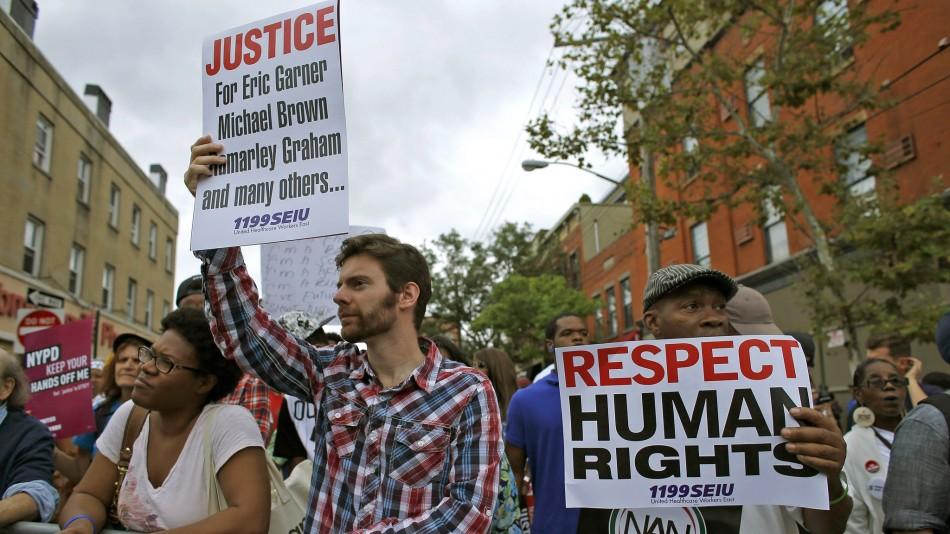





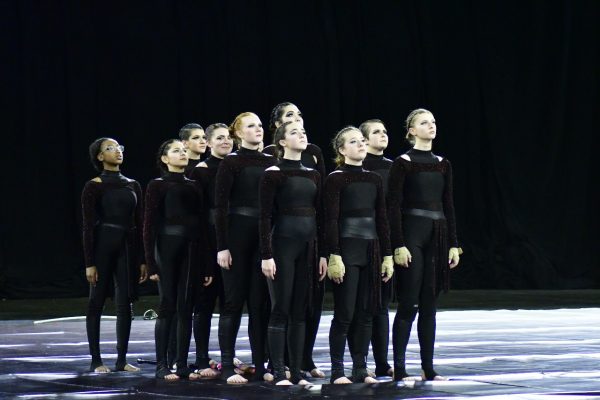
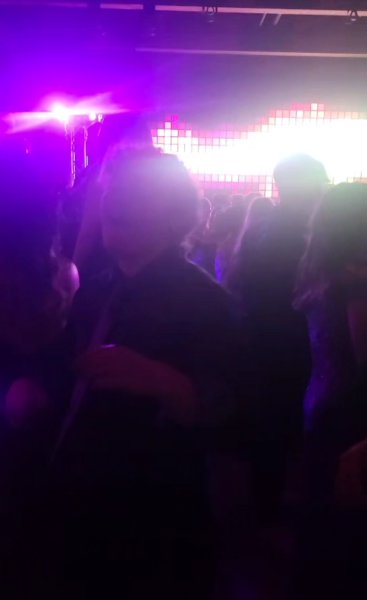
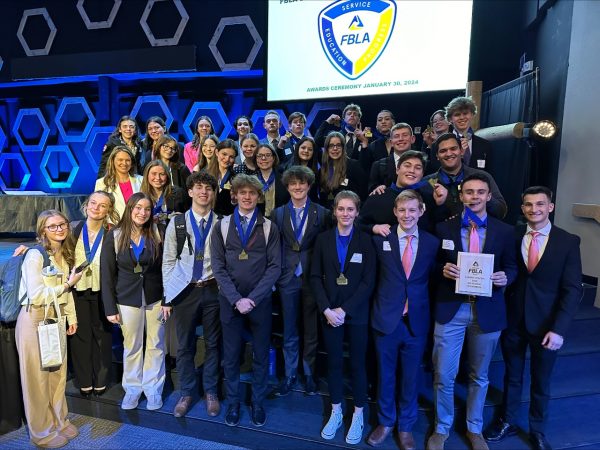
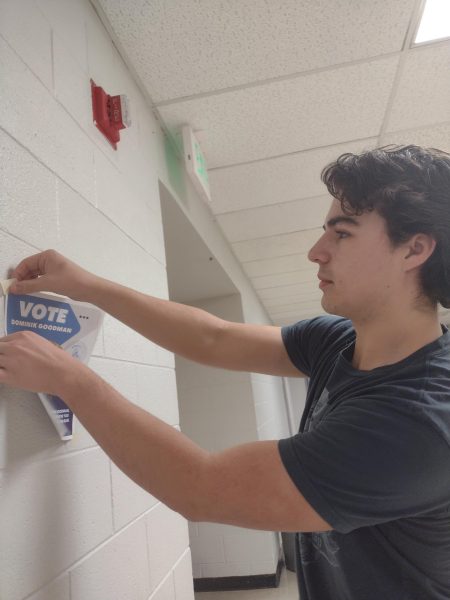
Cody Maynard • Jan 7, 2015 at 9:07 pm
You dealt with a delicate subject with tactful precision. Genuinely brilliant.